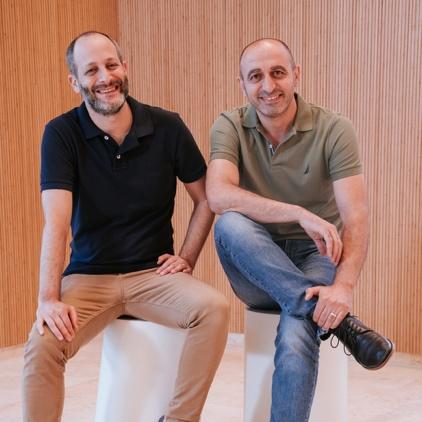As the AI arms race reshapes the technology landscape, attention has largely focused on the silicon powering generative models – GPUs, TPUs, and purpose-built accelerators. But for every new chip that hits the market, there’s a less visible challenge behind it: how to move data between those chips at speed, at scale, and with as little energy loss as possible.
That’s where Teramount, a Israeli startup, has found its edge. Today, th e company announced a $50 million Series A funding round led by Koch Disruptive Technologies, with participation from AMD Ventures, Samsung Catalyst Fund, Hitachi Ventures, Wistron, and Grove Ventures.
The premise is simple but nontrivial: as AI systems grow in complexity, the physical infrastructure that connects their components – especially in dense, power-intensive data centers – is becoming a bottleneck. Teramount’s solution lies in optical connectivity, specifically the interface between fiber-optic cables and silicon photonics chips. The company’s core technology enables this connection to be made not only precisely, but also in a way that is compatible with mass manufacturing.
Teramount’s flagship platform, TeraVerse™, is a passive, detachable connector system designed to link external optical fibers to chips within Co-Packaged Optics (CPO) systems – a next-generation packaging architecture where optical and compute components live side by side. Using its patented PhotonicPlug™ and PhotonicBump™ technologies, the company enables fiber-to-chip alignment using standard semiconductor tools, rather than the custom, high-cost processes that have historically held back optical integration at scale.
The $50 million raise, especially at the Series A stage, sends a signal that infrastructure investors – particularly those with a strategic eye on AI – are looking deeper into the stack for defensible, scalable value.
“The investment, which brings together strong financial and strategic investors representing important parts of the optical connectivity ecosystem, is a testament to the potential of our technology in AI infrastructure and other high-performance applications,” said CEO and co-founder Dr. Hesham Taha in the company’s announcement.

That investor mix is telling. AMD Ventures’ involvement points to growing awareness among chipmakers that compute innovation alone won’t solve AI’s scaling challenges. Samsung Catalyst Fund and Hitachi Ventures bring both photonics expertise and supply chain access. And Koch Disruptive Technologies, which has been actively expanding its deeptech and industrial portfolio, appears to view Teramount as a foundational enabler in the data center stack – one that fits squarely within its “industrial scalability” thesis.
While optical interconnects aren’t new, Teramount’s contribution is in reimagining them as a manufacturable product. The approach mirrors the fabless chip design model: decouple design, enable high-volume assembly through standard partners, and slot into existing infrastructure rather than trying to replace it. The company is already working with foundries and OSATs like Tower Semiconductor and GlobalFoundries, giving it a direct path into the production pipelines of AI and high-performance computing hardware.
The timing of the raise also tracks with broader infrastructure trends. Google recently raised its capex guidance by $10 billion for 2025, citing escalating AI workloads and cloud infrastructure growth. Microsoft, Meta, and Amazon are all expected to follow with similar multi-billion-dollar AI buildouts. As bandwidth and energy constraints intensify, scalable optical connectivity – and the ability to produce it in volume – is quickly shifting from an engineering curiosity to a strategic requirement.
For VCs tracking the space, Teramount’s play hits several notes: defensible IP, infrastructure-critical product, high barriers to entry, and tight alignment with semiconductor industry workflows. Most notably, it avoids the classic deeptech trap of needing to reinvent an entire supply chain to scale. Instead, it integrates with it – a feature not lost on its backers.
With capital in hand and manufacturing ramping up, Teramount isn’t just solving a connectivity problem. It may be laying the physical foundation for how the next generation of AI systems are built – quietly, at the level of the glass that links it all together.